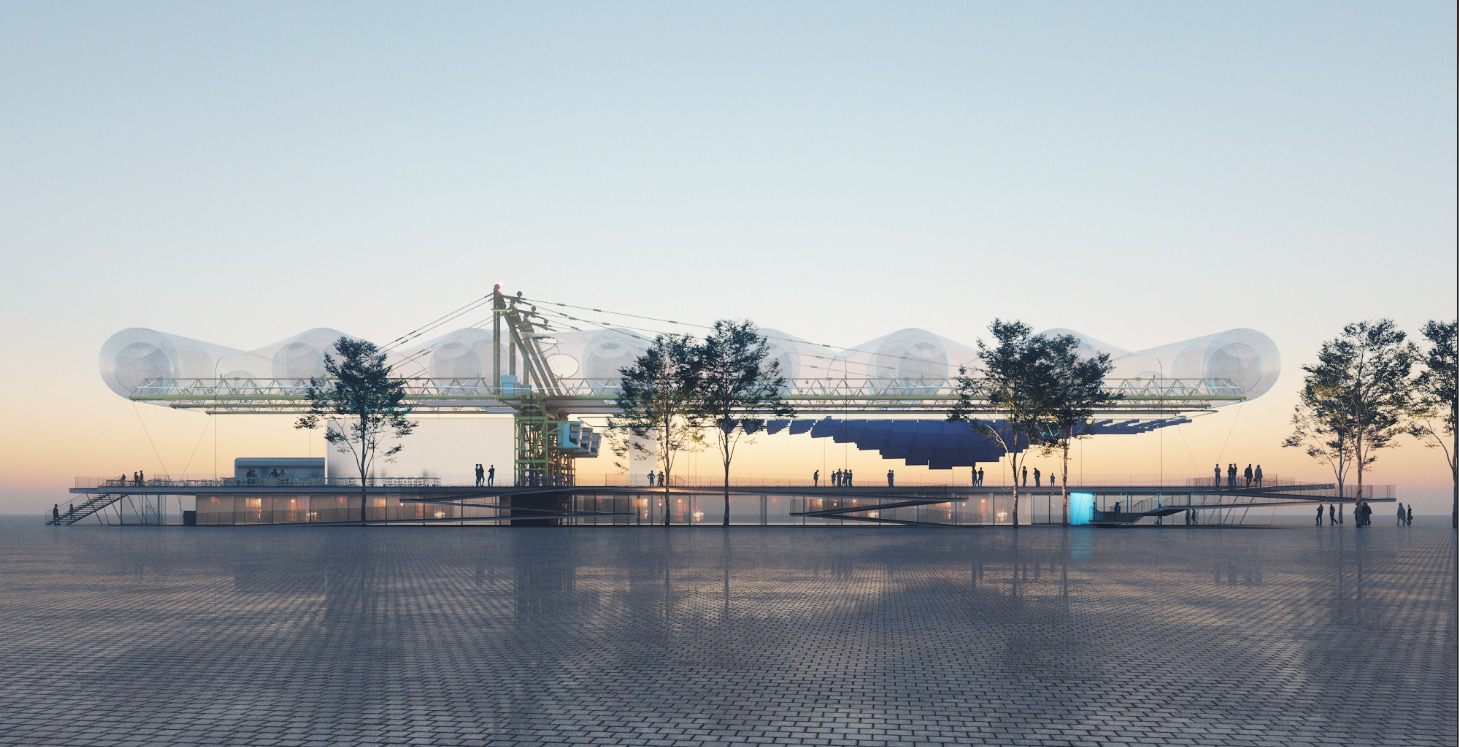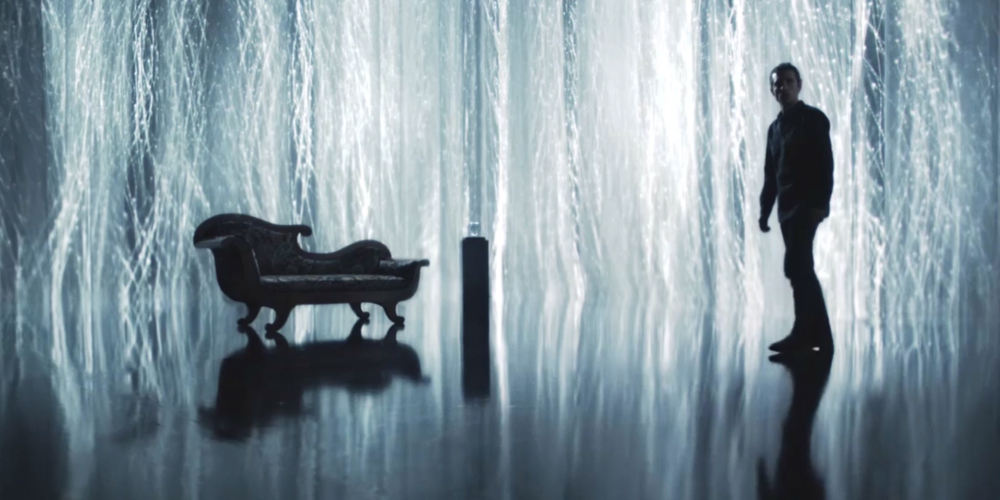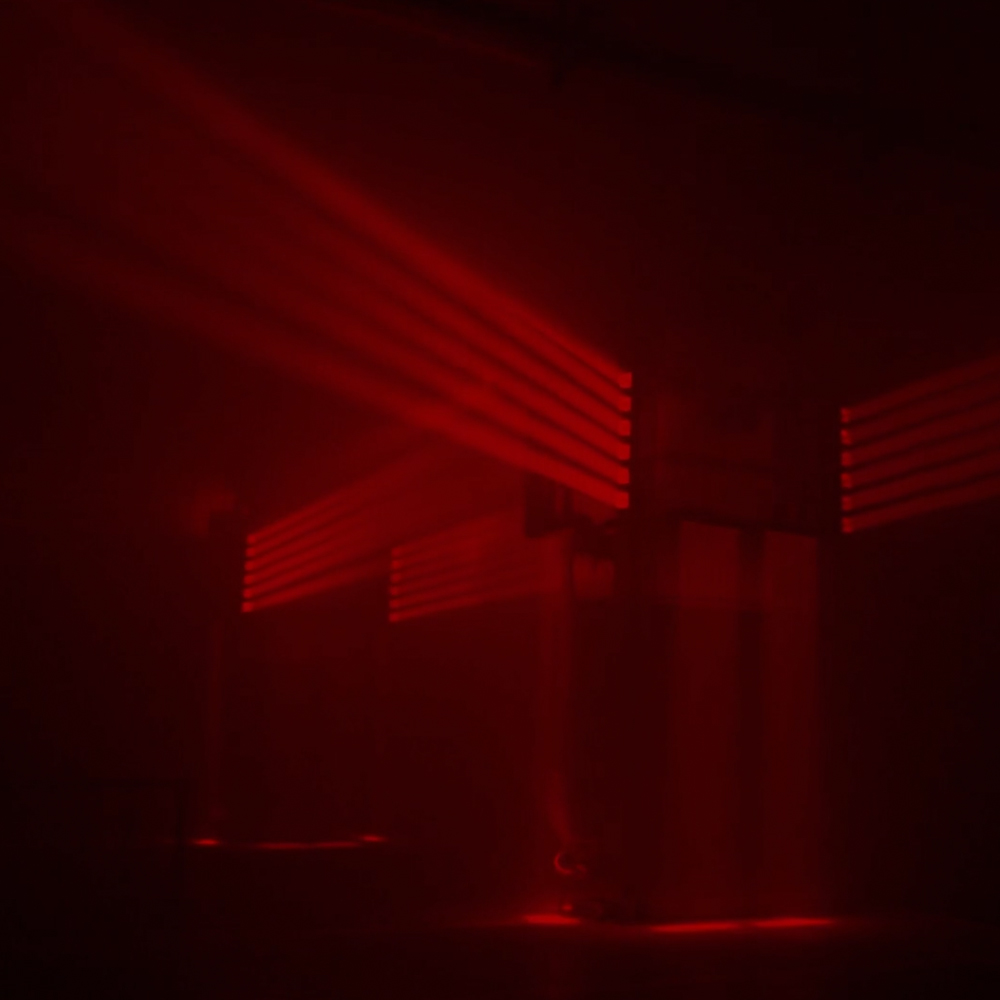We helped to conceptualize an ephemeral and immersive space inside one of the proposals of the Spanish Pavilion for Osaka 2025
Osaka Spanish Pavilion Proposal
In the summer of 2023, the architecture studios SelgasCano and FRPO approached us to help them conceptualize and work on an ephemeral and immersive space inside their proposal for the Spanish Pavilion for Osaka 2025.
Our role in this project was to act as consultants, infusing our expertise in immersive experiences to create a space that seamlessly blends innovation, flexibility, and a touch of the ethereal.
In our proposal for this immersive space, we sought to make it the nerve center of the pavilion. Our proposal fuses function and beauty in a single piece.

The Achitects Proposal
The architects proposed a radical, bold, and ecological idea involving Cranes, containers, and balloons to build the Spanish Pavilion. Manufactured and shipped, this pavilion is based on the early understanding that it is practically unfeasible and very complex to manufacture and build anything on-site given the closed dates of the Universal Exhibition. Therefore, the entire project is based on the idea of manufacturing the maximum number of elements possible in Spain, to transport everything there and assemble it in a few weeks. Everything else, like the massive building cranes, would be rented in the Container Terminal on Yumeshima Island in the port of Osaka, where the Expo venue is located.
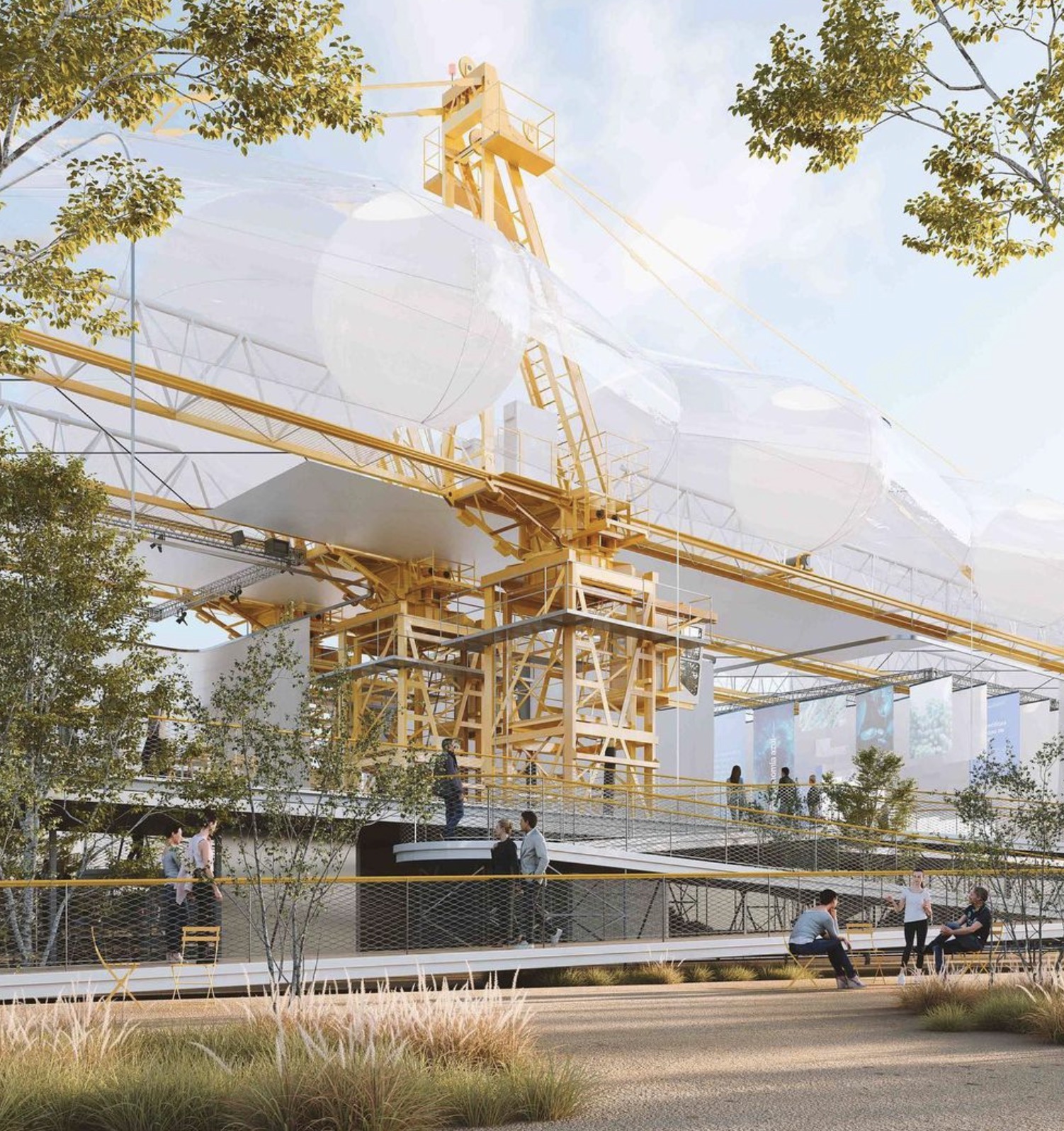
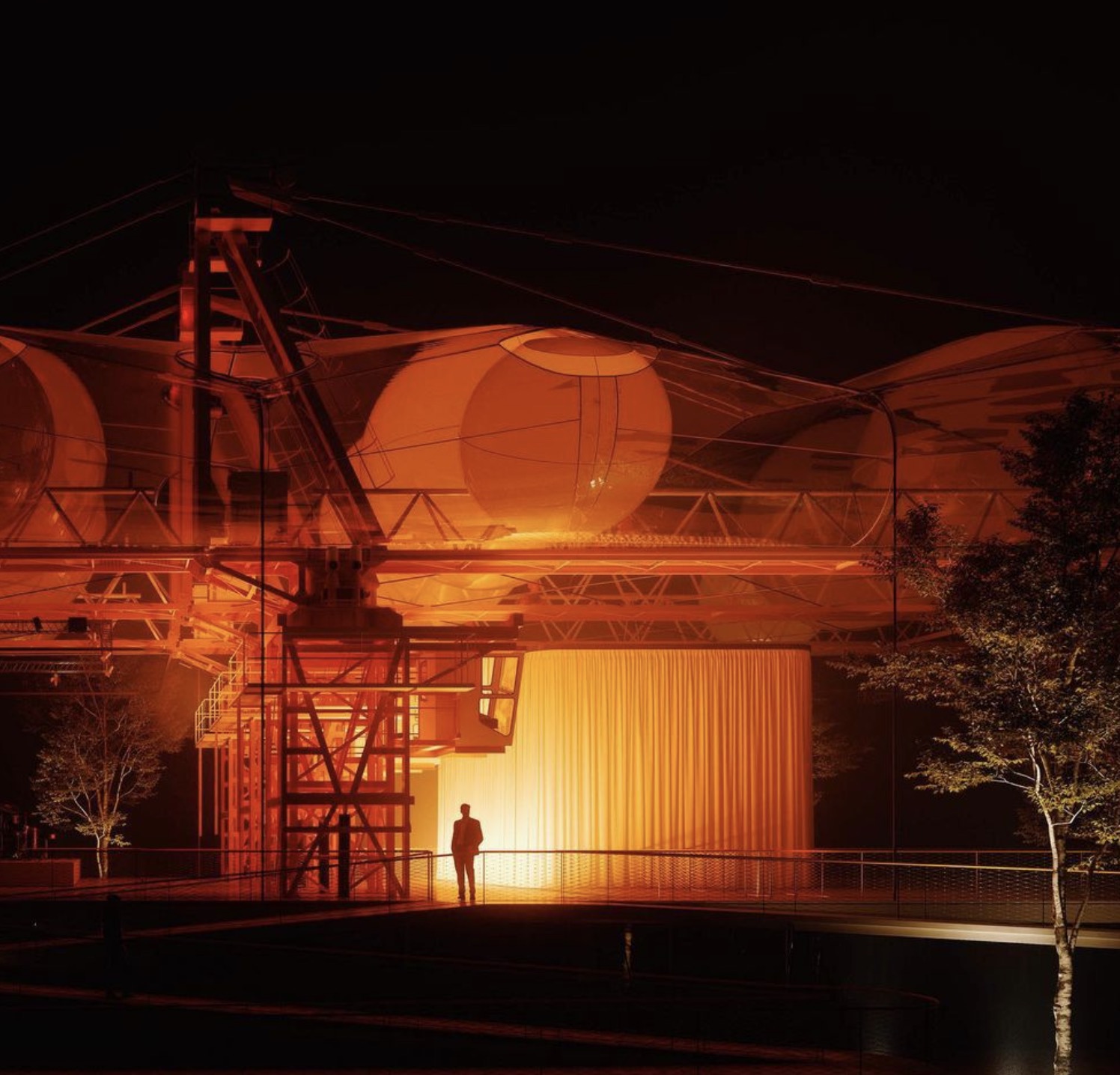
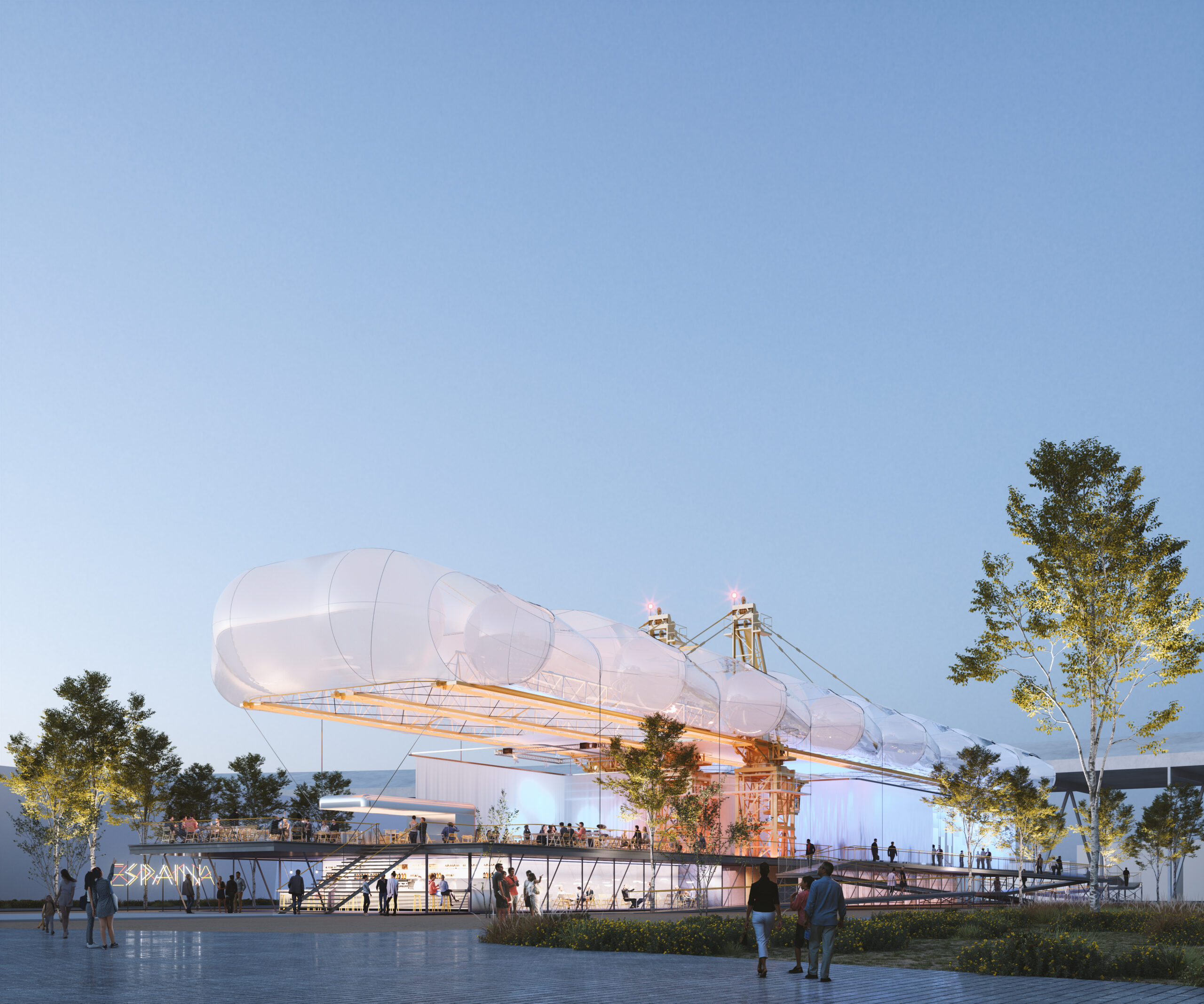
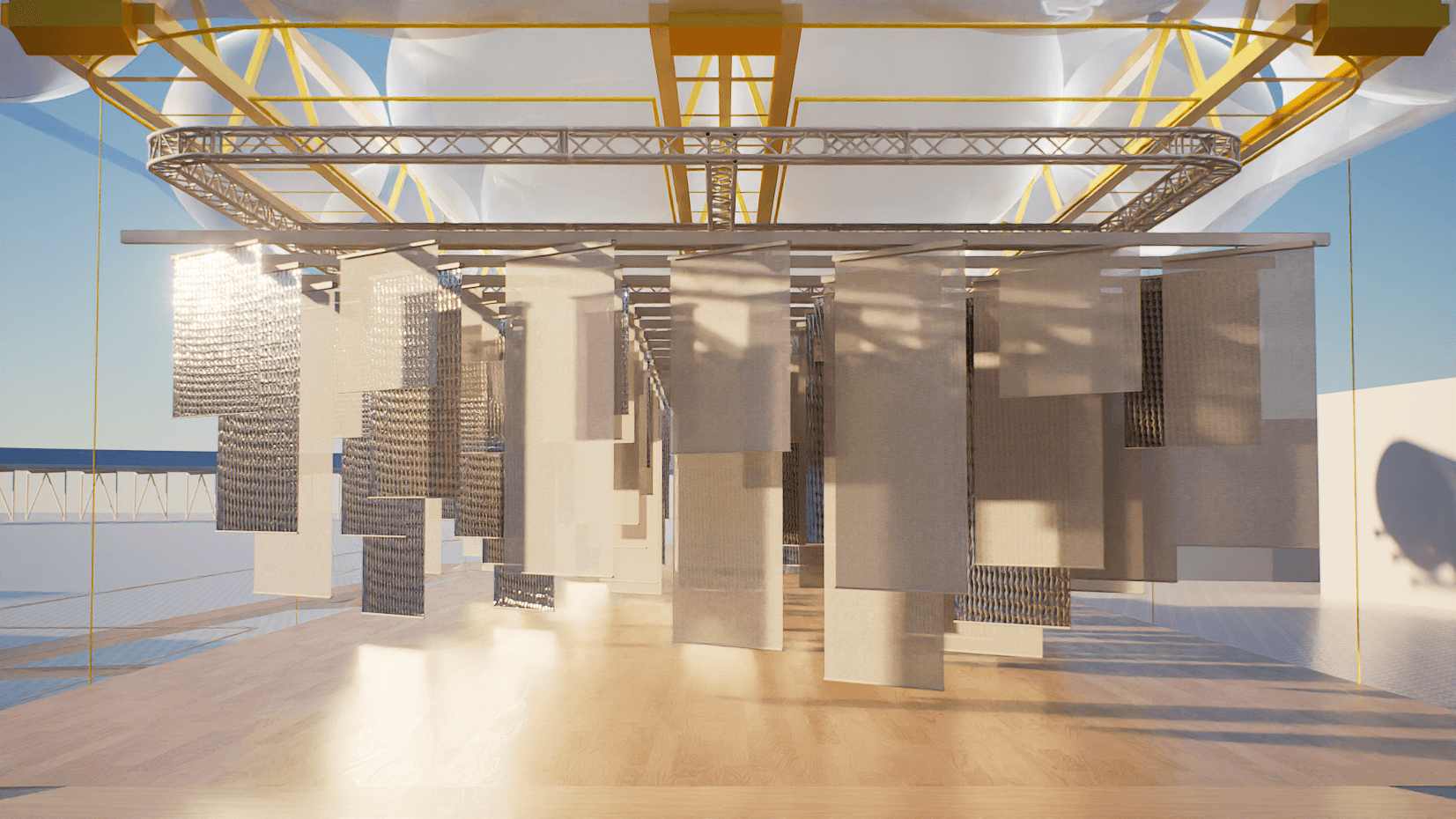
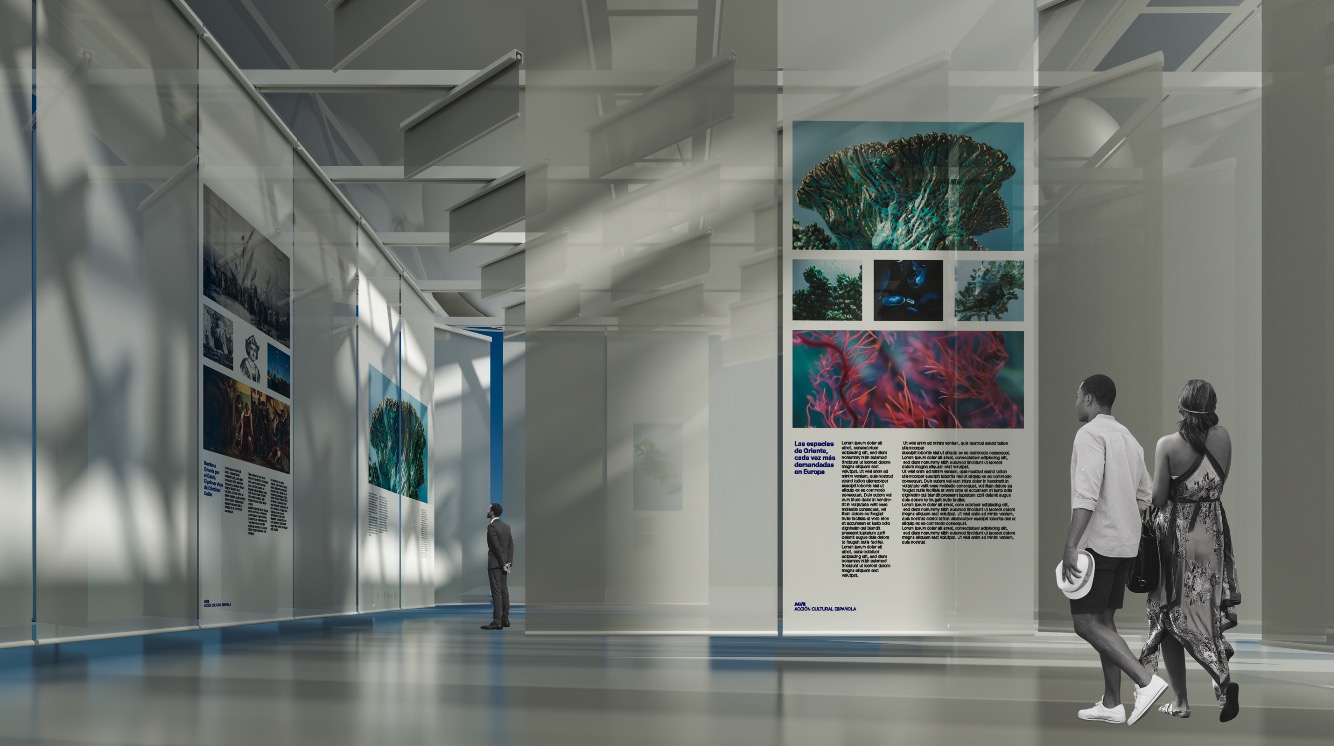
Danza Infinita
Inspired by the changing and vibrant nature of the sea, we have transferred its essence to our exhibition space. Like the waves that rise and crash on the shore, our design transforms and adapts in harmony with the needs of the environment. It is a space in constant evolution, where flexibility and versatility intertwine to create a unique experience. The very essence of the sea flows through every corner, inviting you to explore, discover and immerse yourself in the richness of Spain’s relationship with the ocean.
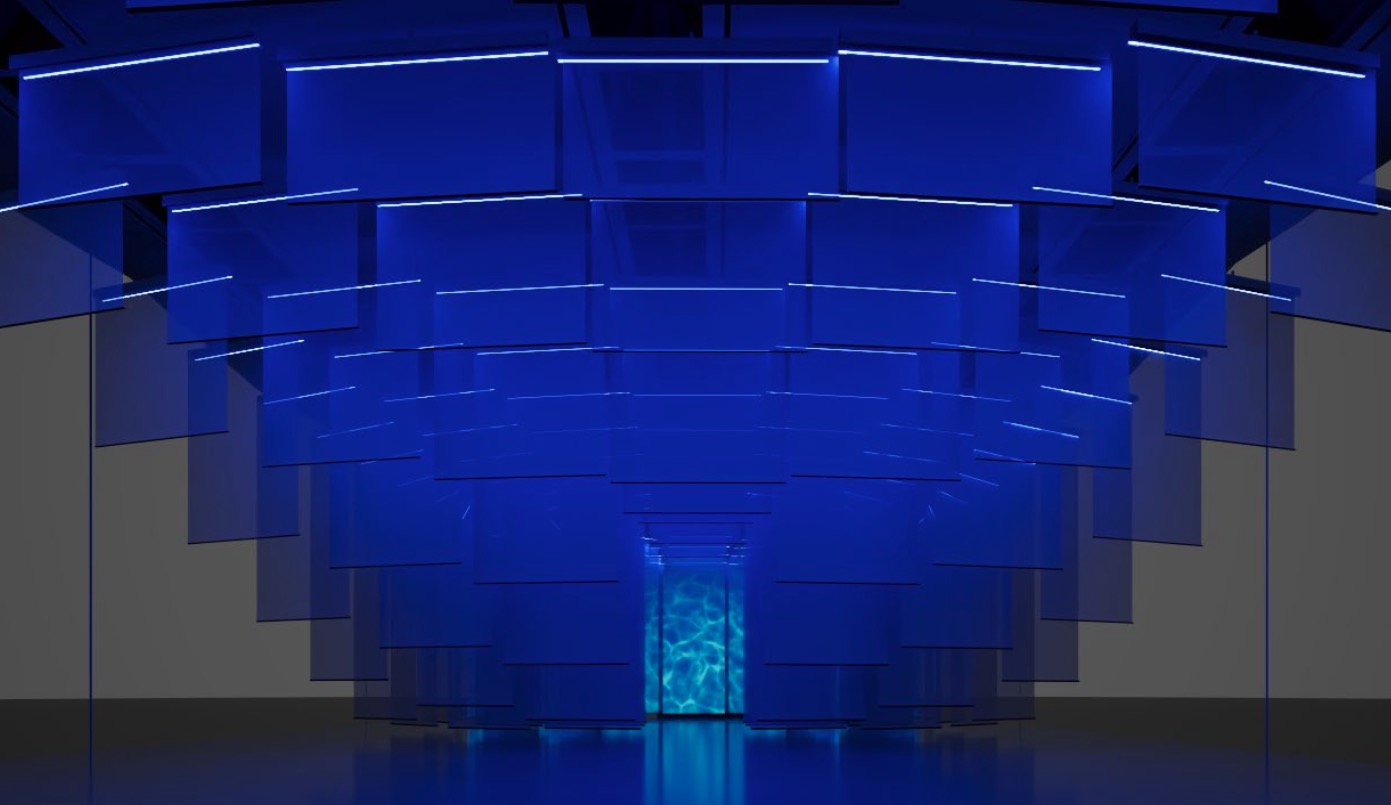
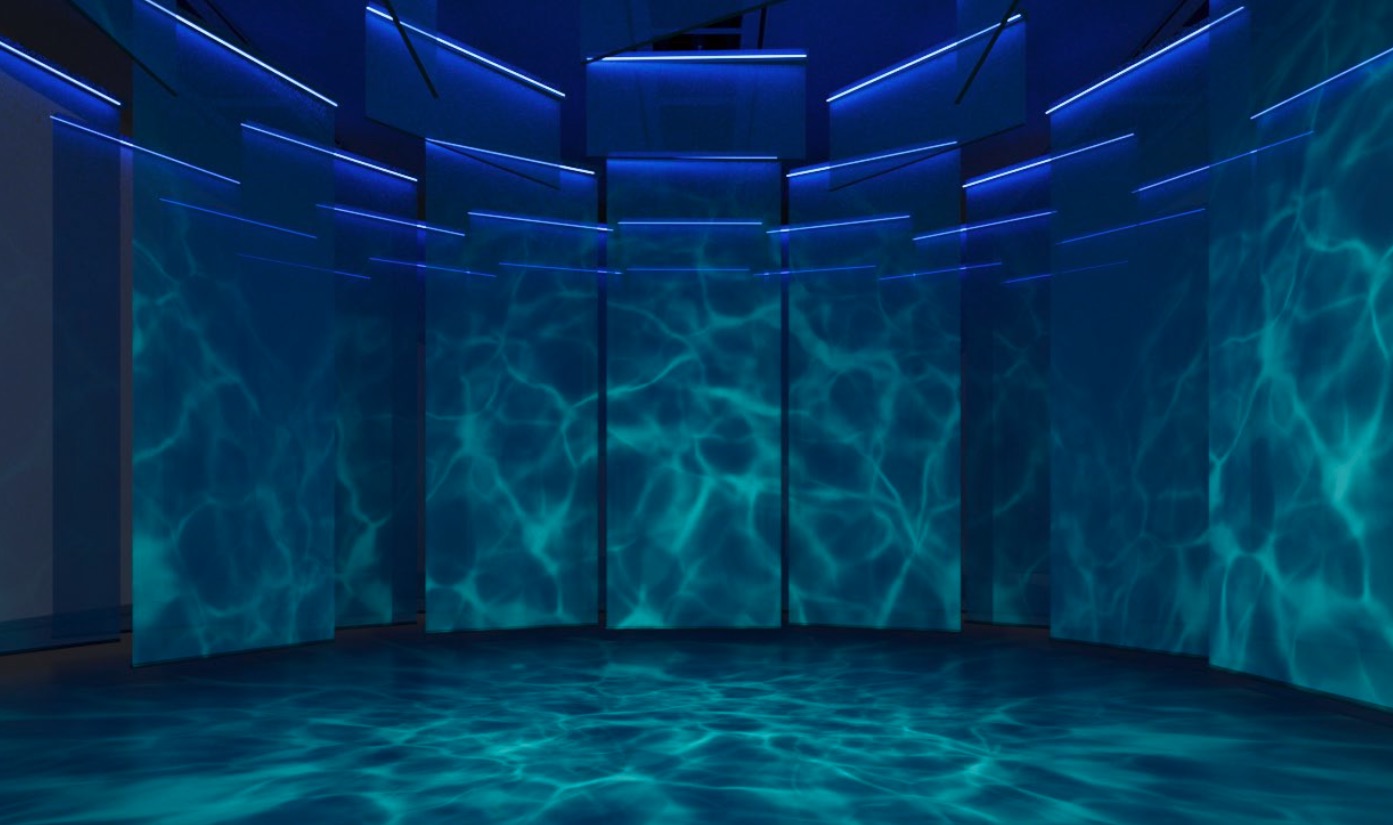
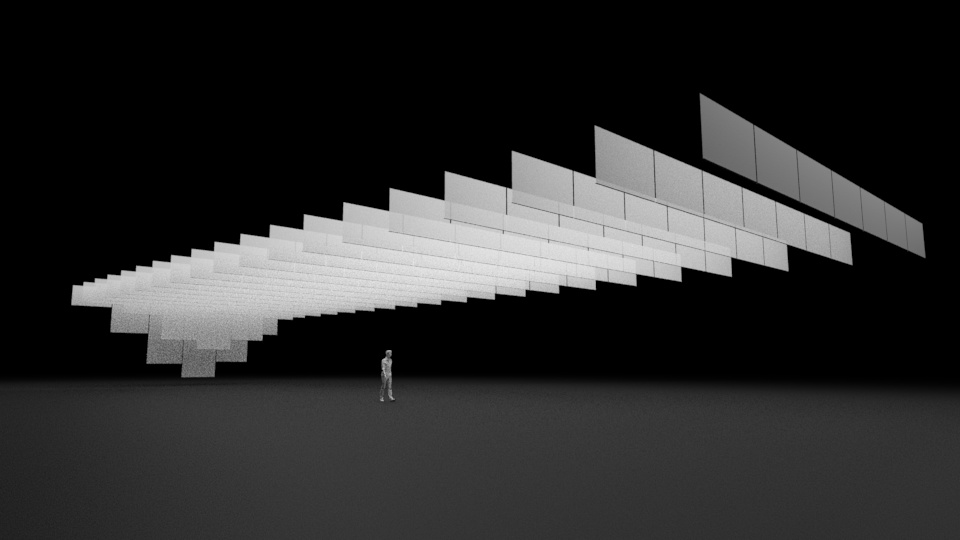
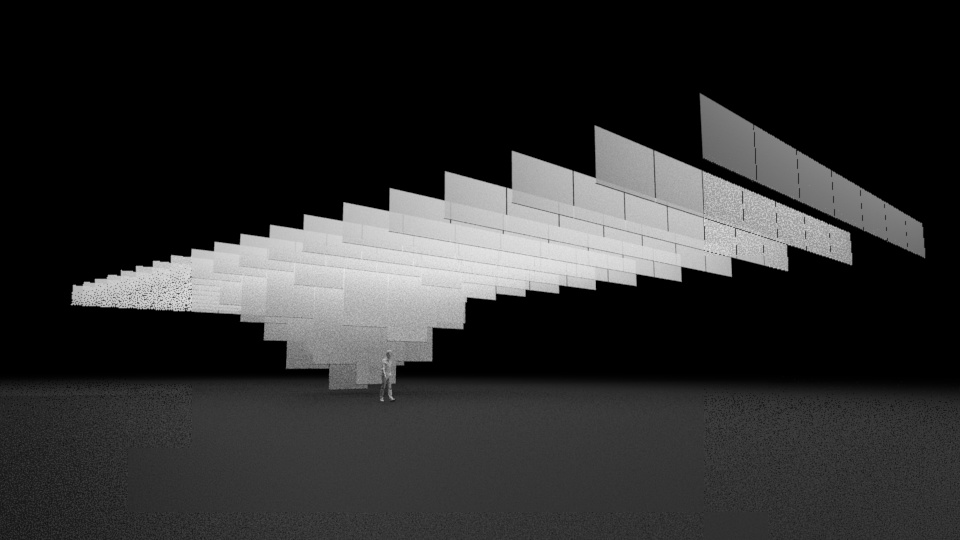

A space in constant evolution
Space is conceived as a living organism in constant evolution. Its dynamism and organic nature allow it to be configured in infinite ways, adapting to needs and slowly transforming over time.
This is achieved thanks to the following movement capabilities of the Node:
– Vertical movement: The textile can go up and down, so that it can be completely unfolded, reaching the ground. Or it can be completely collected, and disappear from space.
– Rotation movement: Each Node can rotate on its vertical axis, thus generating a 360-degree rotation movement.
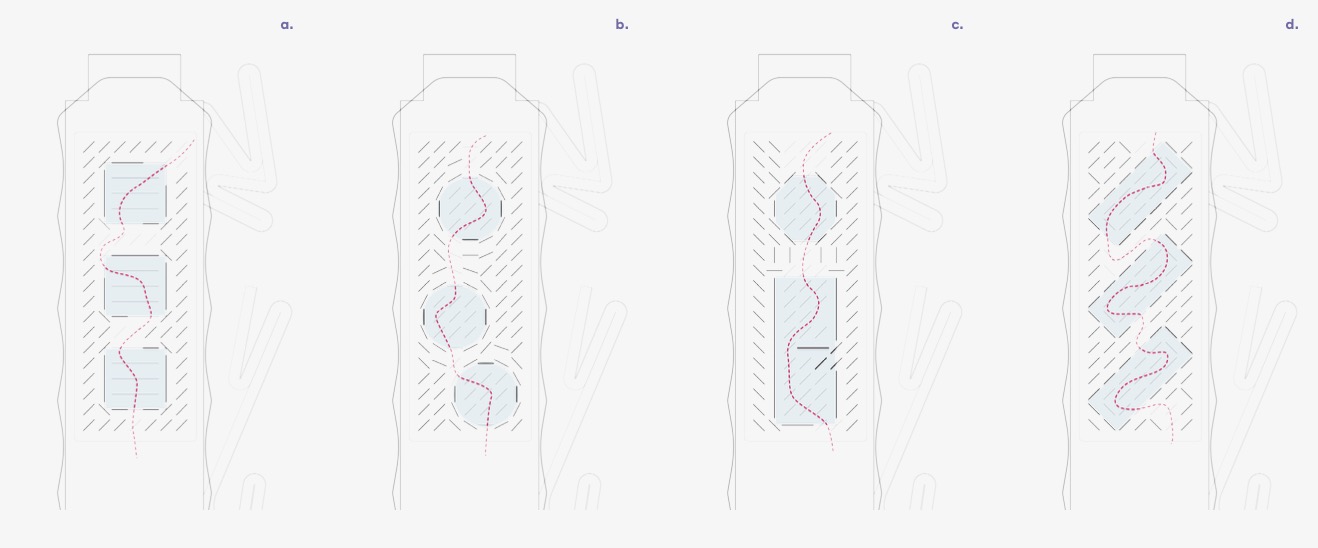
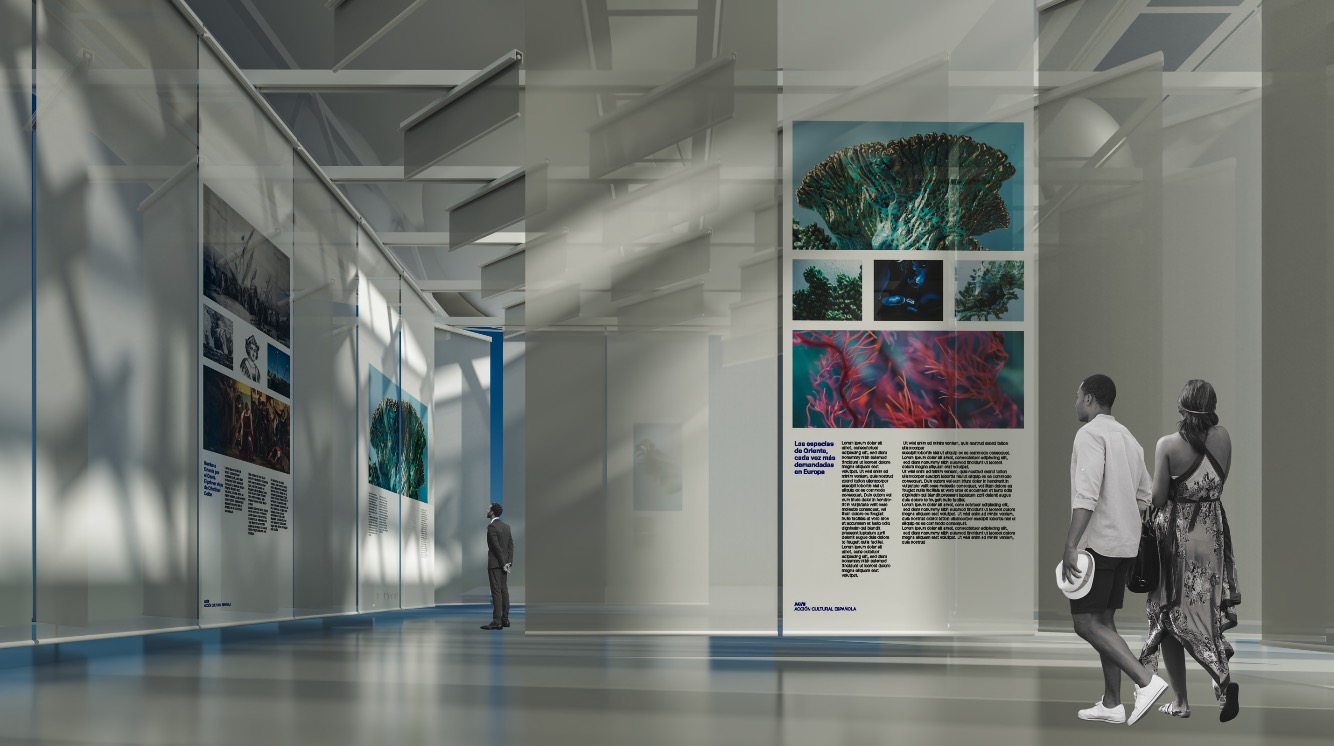
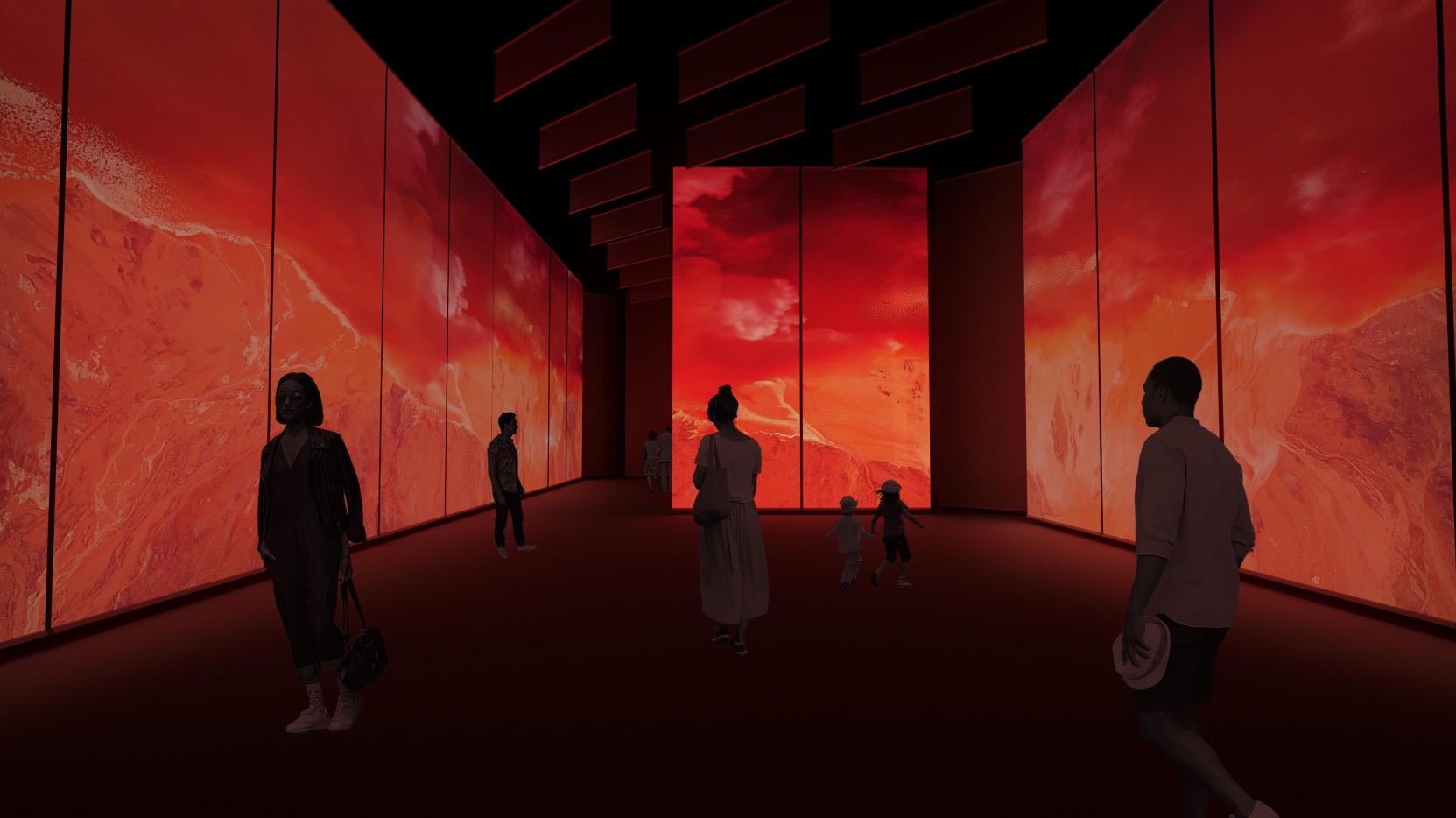
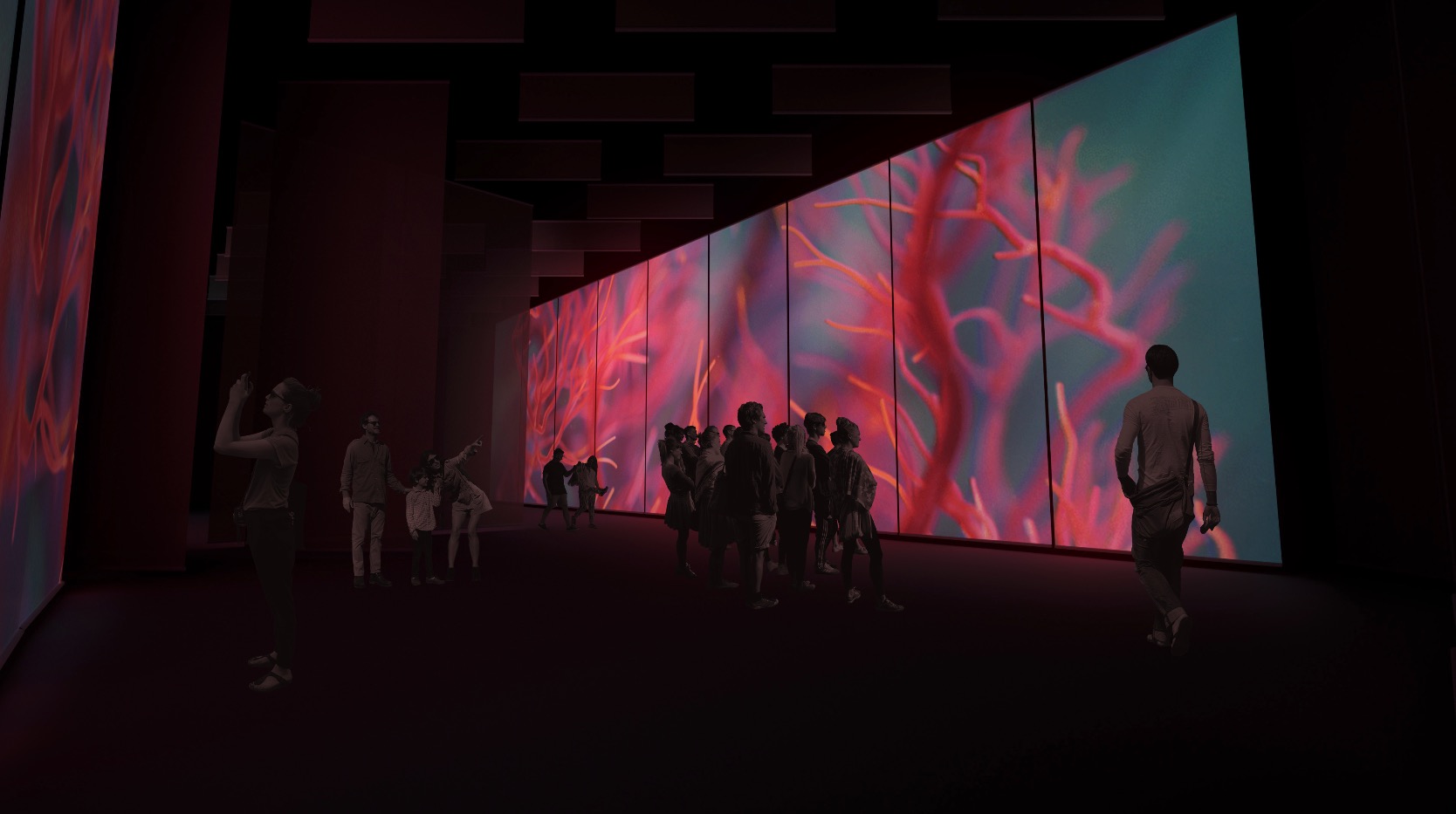
Light Intervention
The use of light played a pivotal role in shaping a dynamic and immersive environment that seamlessly transitioned from day to night.
During the day, the space was designed to capitalize on natural light, the dynamic system can create openings to allow sunlight to flood the interior. The architecture was conceived to interact with daylight, creating fascinating plays of light and shadow. Transparent or translucent materials were integrated to diffuse and scatter sunlight, casting captivating patterns on the surfaces within the pavilion.
As the sun dipped below the horizon, the Spanish Pavilion would transform into an ethereal nocturnal spectacle. The architectural elements were adorned with carefully placed artificial lighting, utilizing a combination of ambient, accent, and interactive lighting fixtures.
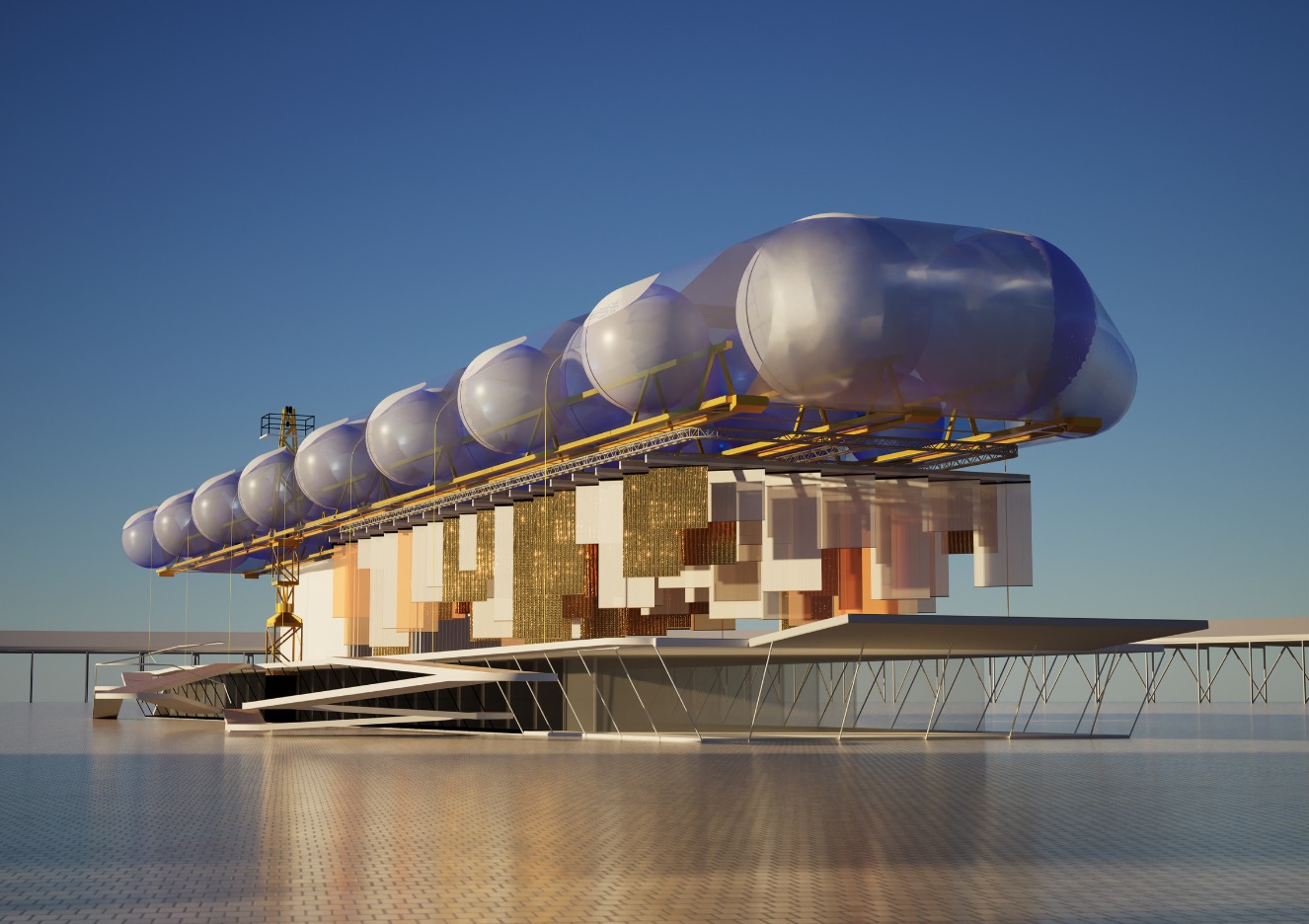
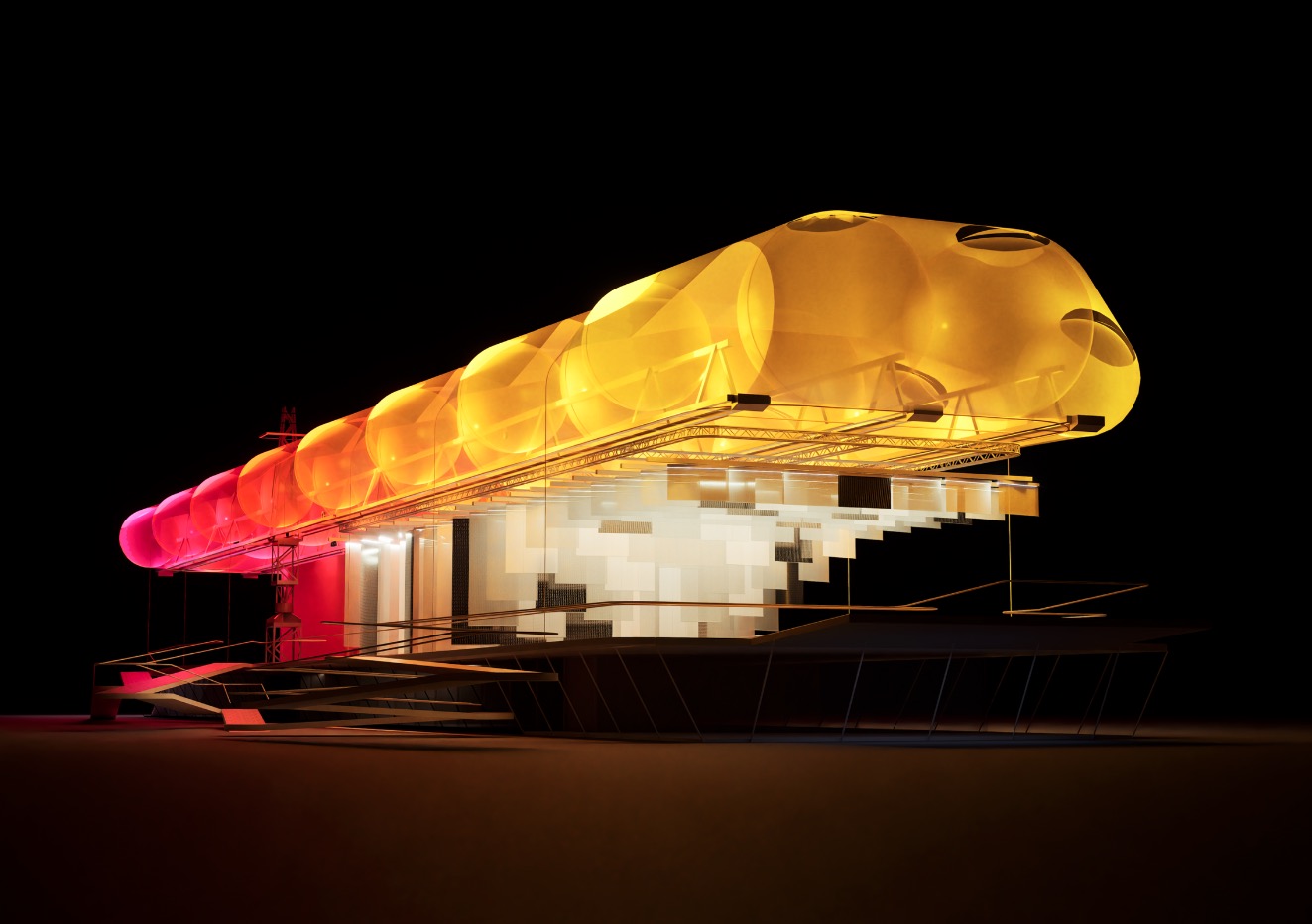
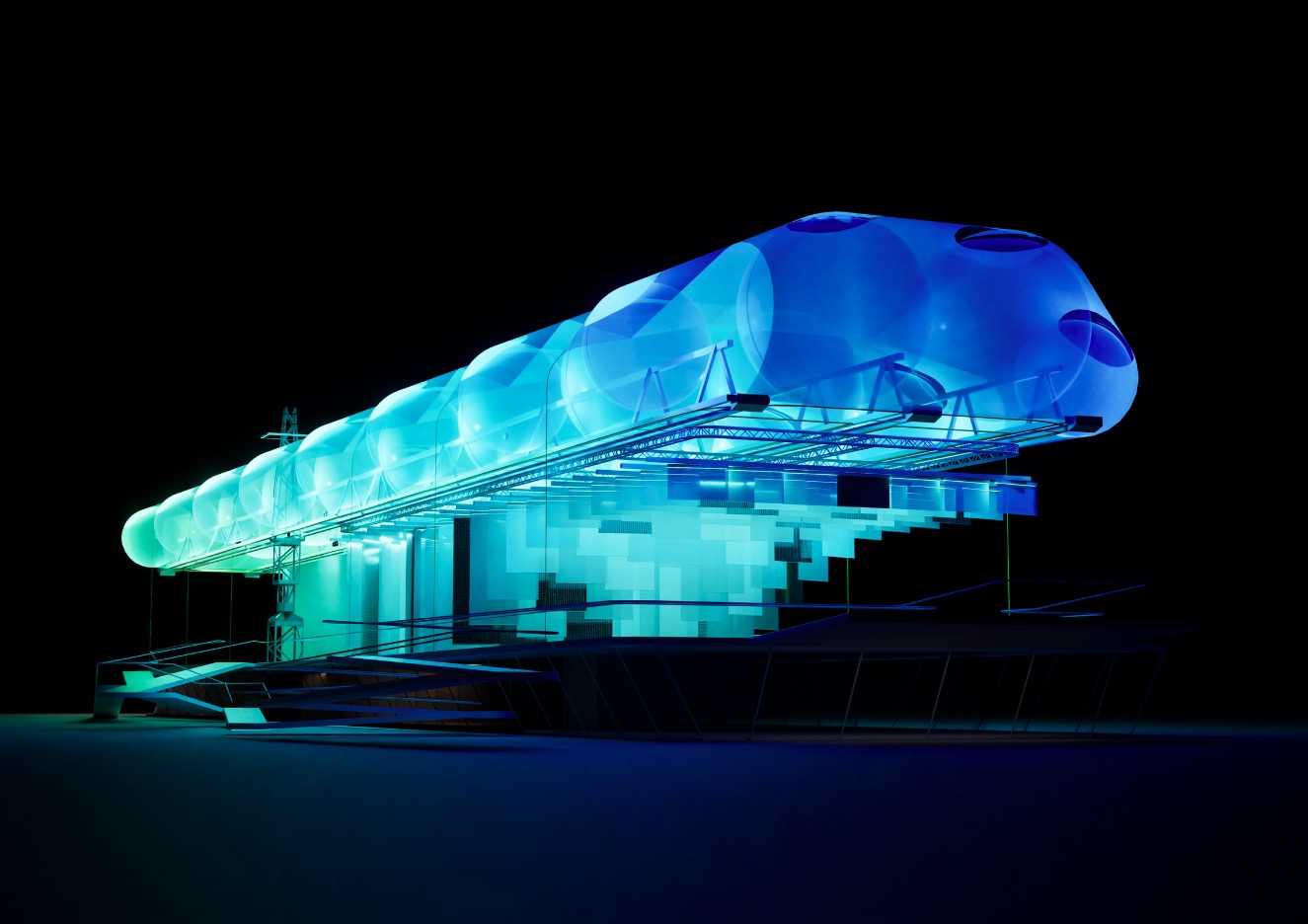
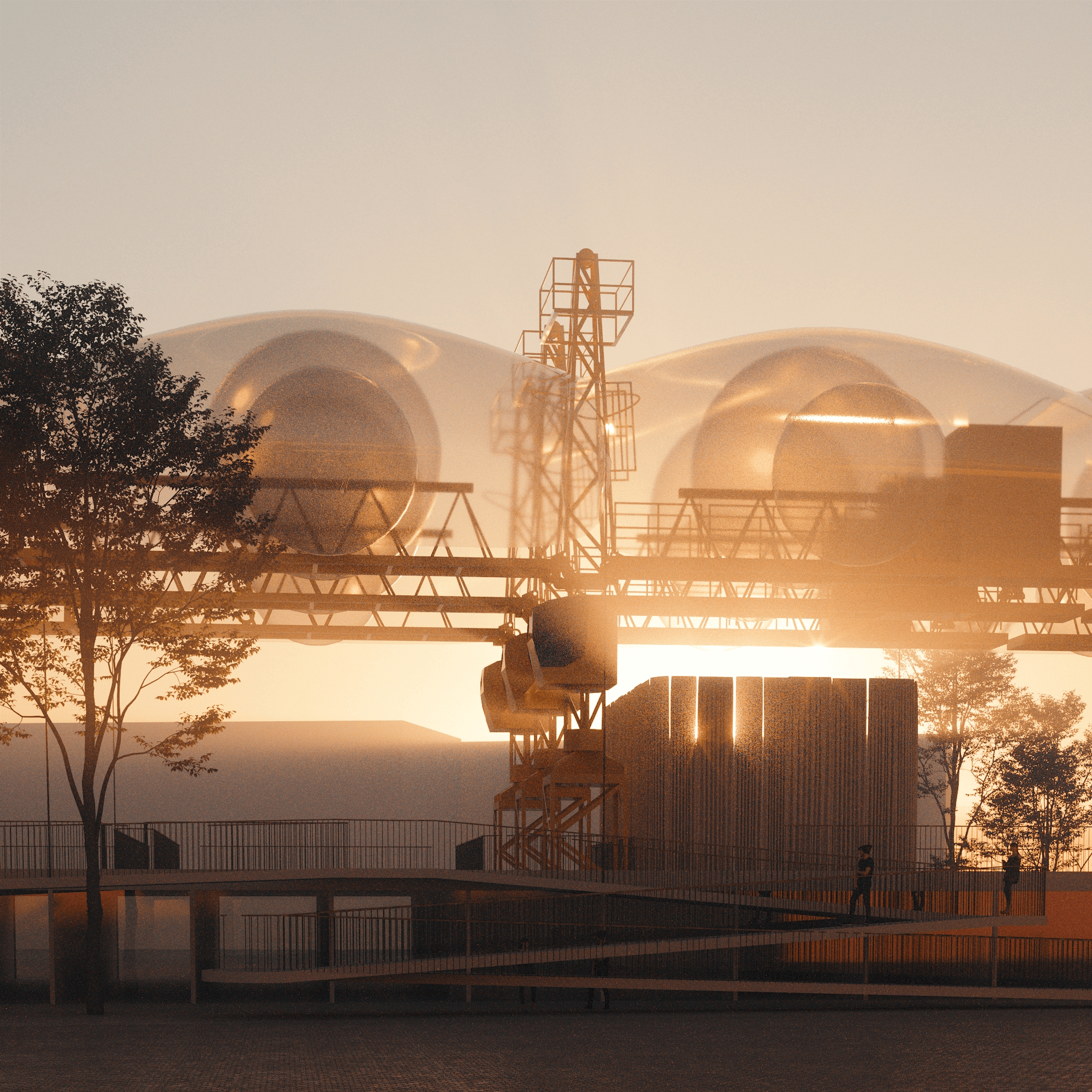
Federico Gonzalez
Mathieu Felix
Javier Pinto
Tigrelab
Ferran Belda
Helena Torres
Ion Romero
Borja Pastori
Felipe Kenji
Daniel Guillén
Camila Araujo
